In the last chapter I explained tacking to you. When tacking the bow of the boat moves through the wind. Now we can reach destinations on the other side of the wind rose if we stay there on course close-hauled or if we bear away. But how do we reach a destination that lies exactly where the wind blows from, as seen in figure 50 with the buoy? We can only do that by beating.
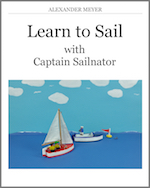 This online sailing course has also been published as ebook and paperback. For more information click here!
This online sailing course has also been published as ebook and paperback. For more information click here!
You can download the Ebook for example at:
iTunes UK & iTunes US | iBooks for iPad and Mac
Amazon.com & Amazon.co.uk | Kindle-Edition
Google Play | for Android
The paperback is available for example at:
Amazon.com | Amazon.co.uk
That means that for a while we sail on course close-hauled almost in the direction of the buoy. (Figure 51) But if we stay on this course, we will not get there. Because of that we tack and sail on a close-hauled on the other side of the wind rose, once again almost in the direction of the buoy. (Figure 52) If we still have not reached it that way we tack again and take a zigzag route to our final destination. (Figure 53) The commands are the same as in normal tacking.
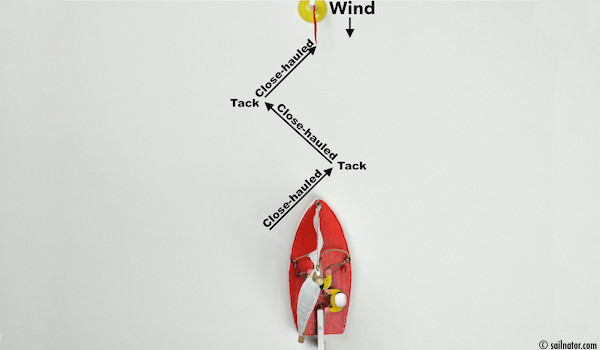
Figure 50: To sail directly into the wind is impossible! To reach an upwind destination we have to beat by taking a zigzag route.
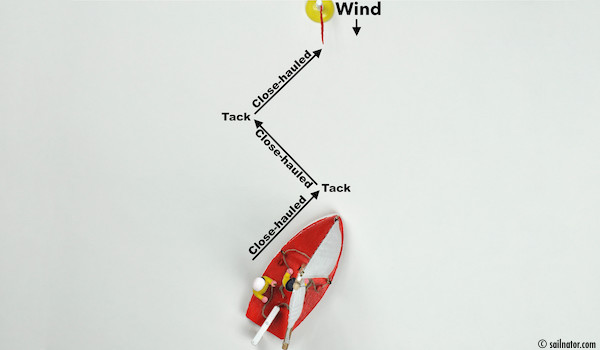
Figure 51: Sailing upwind on course close-hauled, …
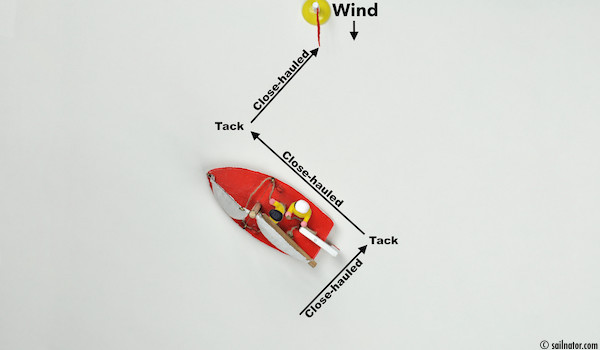
Figure 52: … the boat tacks and keeps on sailing upwind on the opposite course close-hauled.
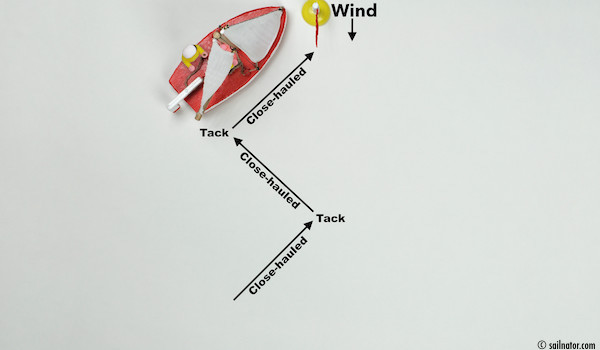
Figure 53: The boat tacks again and reaches the buoy by sailing upwind on the opposite course close-hauled.
If we want to reach the destination fast, for example at a regatta (race), we have to accurately stay on close-hauled after tacking. We must not bear away too far. Otherwise we lose too much height and have to tack again, that we could have avoided. Otherwise it is not good to sail the course close-hauled too close to the wind. Most boats are constructed in a way that they sail faster, if they bear away a little bit from close hauled on close reach.
So in a regatta you have to make the decision: Do I get to the goal faster if I sail slower by losing no height after tacking, or if I sail faster by tacking more often?
The next thing we have to decide is whether to sail a long beat with only one tack (Figure 54) or many tacks with short beats. With short beats it might at first seem as if we reach the destination quick. But every tack slows us down and on long distances we can get into gear.
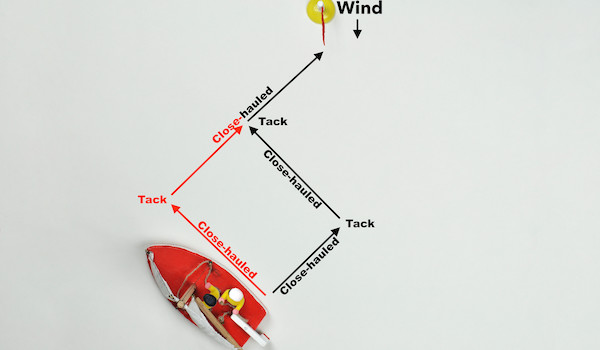
Figure 54: Instead of sailing short beats with lots of tacks, we can sail two long beats with only one tack.
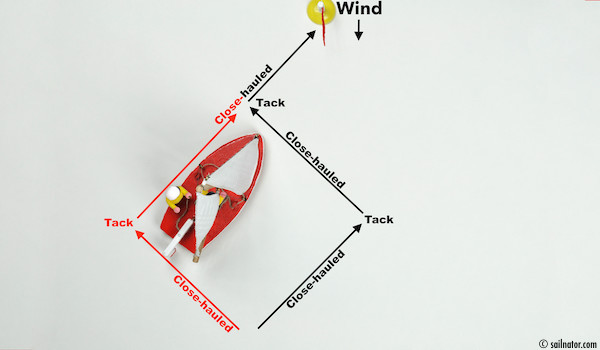
Figure 55: Even that way we reach an upwind destination.
Most likely it depends on the local conditions, on the wind and the competition what we will decide to go for. Simply following the other boats usually does not produce any benefit.
Watch my stop motion video about beating →
So we learned in this chapter that we have to beat when we want to reach an upwind destination. We have also learned that we have to stay on course close-hauled accurately after every tack. To lose no height we have to avoid bearing away too far. But we also should not sail too close on the wind so as to not slow down. That was beating. In the next chapter I will explain the so called Quick-turn.
← Last chapter | Next chapter →
All chapters: Technical Terms | The theory behind sailing |Close-hauled | Beam reach | Broad reach | Sailing downwind | Tacking | Beating | Quick-turn | Sailing up head to wind | Man overboard | Jibing | Heaving-to | Leaving the dock | Berthing | Rules of the road 1 | Rules of the road 2 | Rules of the road 3 | Reefing | Capsizing